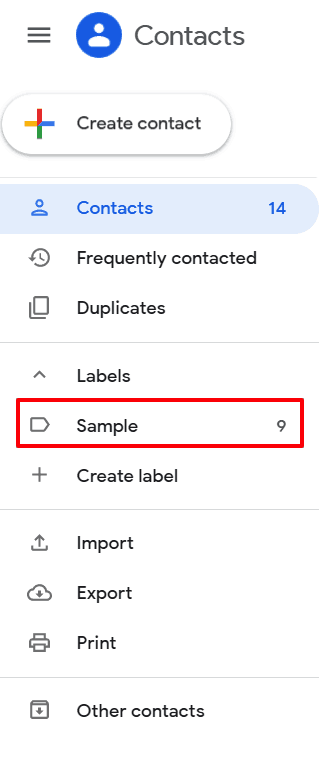

The best email solution for your team will address your company’s specific needs.Ī shared mailbox offers a better solution for enhancing collaboration and assigning and delegating emails for clear accountability. The chart below displays the key differences between a group email vs shared mailbox by comparing common Google Group features with those of a standard shared mailbox. If your team uses Microsoft for email, an Office 365 group offers similar functionality via Microsoft Teams instead. A Google Group is a separate app within Google Workspace that allows users to email a large group at once. Shared mailboxes prevent cc’ing and forwarding, and allow administrators to assign clear accountability to team members to prevent duplicate efforts.Īn example of a group email solution you may have come across is a Google Group. But when it comes to team collaboration, group email lacks this capability. When one person needs to share email information with multiple people, a group email offers the greatest advantage. Group emails function as distribution lists for teams, while shared mailboxes serve as an email management platform through which teams can address emails collaboratively. The key difference between these tools lies in the main function of distribution or collaboration. Teams often employ shared mailboxes when multiple members need to access the same email inbox, such as or Group Email vs Shared Mailbox

Shared mailboxes allow teams to work together to reduce inbox clutter and improve response times. Managers grant access to specific members, who can then send, receive, and manage emails together from one email address. Company inboxes for teams like sales and support receive a high daily volume of emails, which often requires management by more than one user. A shared mailbox is an inbox that allows multiple team members to manage emails together from inside their own email accounts.


 0 kommentar(er)
0 kommentar(er)
